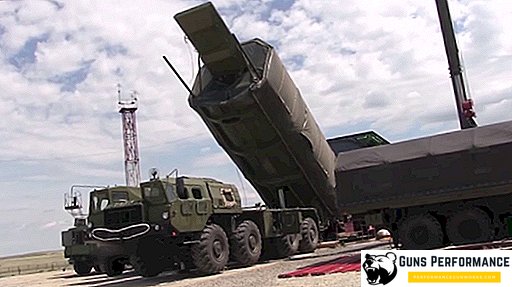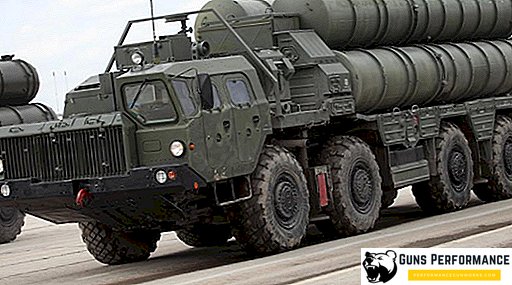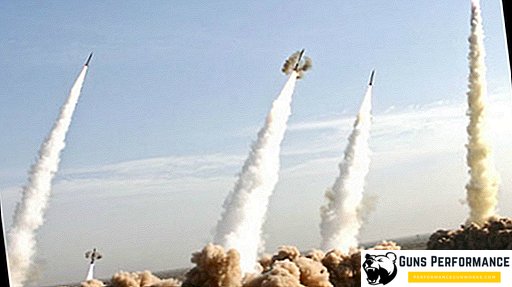
Ukrainian military completed the next stage of testing of the Kyrgyz Republic "Neptune". The chairman of the National Security and Defense Council of the country, Alexander Turchinov, told reporters about this. He said: "Today, during an important stage of flight tests, a Ukrainian-made cruise missile has fully complied with the planned program." According to the official, she was able to hit the training sea target at a distance of 100 km. Test launches were carried out in the south of the Odessa region.
Turchinov noted that in the future, Ukrainian cruise missiles will be able to provide reliable protection of the country's coast, hitting sea targets at a distance of 300 km, and, if necessary, even in their home ports. In addition, Neptune will be able to destroy ferries and strategic bridges if they are used by the aggressor. What is a new Ukrainian product? Is the cruise missile really as formidable as they say in Kiev, or is it a project for a banal cutting of means, as many Russian experts claim?
"Neptune": when new is well forgotten old
The Neptun complex was first talked about back in 2015. Then plans were announced for the creation of three missile modifications: air, sea and land-based. A sketch of the future product was first presented to the public during the weapons exhibition "Zbroya and Bezpeka 2015". The implementation of this project involved a whole pool of Ukrainian enterprises, including the Kharkov Aviation Plant and the Zaporozhye Motor Sich.
In the middle of 2017, tests of the complex began, and their results were practically not publicized in the media. Only at the beginning of 2018 flight tests of a cruise missile were shown on TV, and Turchinov, the unofficial curator of the Ukrainian missile program, was personally present at them. It is known that the total length of the "Neptune" with the accelerator is 5050 mm.
Cruise anti-ship missile is a very complex and high-tech product, so the speed with which the Ukrainians managed to create their own Neptune is surprising. After all, the rocket is already there and it really flies. Moreover, earlier this type of weapon was not produced in Ukraine. In fact, this secret is revealed quite simply.
In the 1980s, work was carried out in the Soviet Union to create the Uran complex with the Kh-35 anti-ship missile. The first stage of his tests ended in 1987, in the 90s, due to the economic turmoil, work was practically suspended. The project was completed only at the beginning of the last decade - in 2004, the rocket was put into service as part of the Bal coastal complexes. So, the Ukrainian "Neptune" - almost a complete copy of the Soviet X-35. This explains the speed with which the Ukrainian gunsmiths were able to launch their rocket. Moreover, the engine for the X-35 was produced in Zaporozhye, and it was not difficult to resume its production.

To see the "kinship" of the Ukrainian "Neptune", the Russian missile complex "Ball" and the Soviet X-35, just look at them. The non-specialist probably will not be able to distinguish these products at all. However, the Ukrainians and especially hide the origin of their cruise missiles. For example, military expert Sergei Zgurets believes that the creation of a "clone" of the Soviet X-35 is the best option for Ukraine in terms of price-quality ratio. According to him, "Neptune" is a national project that does not depend on foreign partners.
Speaking of partners. At the beginning of this year, the Americans called “Neptune” “a great success for Ukraine” achieved in a very difficult period for the country. The captain of the 1st rank of the US Navy, Harry Tabah, said in an interview that "it is very difficult to create such a missile." He hinted that not only Ukrainian components were used in its design. True, he added that the appearance of such weapons in the Ukrainian army would not like Russia very much.
Russian experts noted that the radio altimeter, as well as some elements of the GOS, could become a problem for Neptune. It is possible that it was them who was referring to the American officer when he spoke about the presence of western parts in the RCC design.












